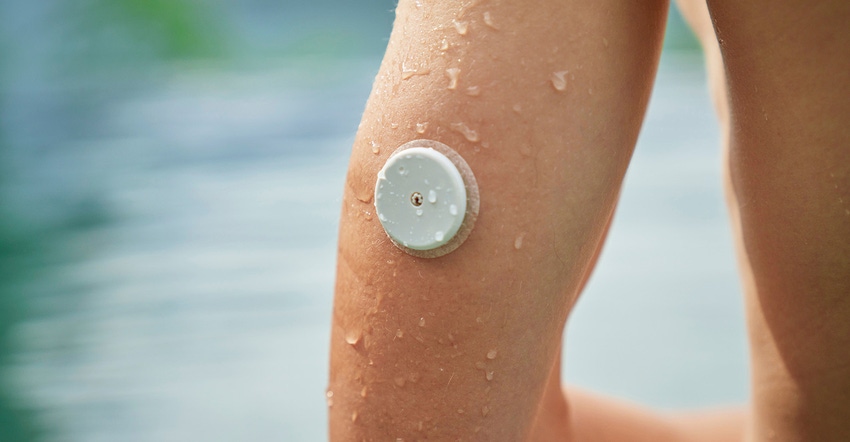Henkel Adapts Molding Technology to Expand Medical Wearables Portfolio 53386
By applying single-step overmolding, typically used in industrial electronics, Henkel is able to reduce cycle times for high-volume medical wearables.
August 4, 2023

Responding to the surge in wearable medical monitoring devices, Germany’s Henkel has adapted a molding technology traditionally used in industrial electronics to create an expanded portfolio of medical wearables. The single-step overmold design replaces typical clamshell housings.
In an effort to provide more comfortable patient monitoring at home or on the go, and as healthcare facilities aim to decrease costs associated with in-house monitoring, medical wearables — from smart patches to glucose monitors and even smart glasses — gain ground year after year. To meet demand, particularly for higher-volume applications, Henkel’s new molding technology lowers production cost by reducing processing time.
“We see an increasing global demand for medical wearables and consumer wearables that enable remote monitoring,” said Thomas Silva, business development manager for wearables at Henkel. “The market is looking for solutions that help increase the efficiency, sustainability, and performance of those products. Key market drivers for our technology are reduced cycle time, fewer materials on the BOM (bill of materials), and a smaller form factor as well as [the use of] renewable plastics.”
Henkel presented its method at the 44th Wearable Technologies Conference in San Francisco on Aug. 1. “Our presentation was focused on enabling innovative wearable solutions in different markets,” Silva explained. “Key examples are wearable antennas enabled by pad-printable Loctite silver inks, as well as wearables for remote diagnostics that we developed together with our ecosystem partner Byteflies.”
The challenges to producing such wearable antennas include limited space due to device miniaturization, increased device complexity, the need to conform to curved surfaces, and the use of plastic parts — which cannot bear high-temperature curing — to reduce weight.
“Obstacles with this material are getting the mold flow design and ejection right so that there is no distortion upon release,” Silva noted. “It may take some iterations, but our equipment partners are highly competent at quickly getting to where we need to be.”
With its technology, Henkel was able to execute curing down to 80°C, allowing multilayer processing and reworking. The single-step molding method is compatible with polycarbonate and glass-filled polyamides (PA+GF).
At present, determining how much process time Henkel’s single-step molding process saves “is difficult to calculate,” Silva said, “as it is heavily dependent on the design we are replacing and the design afterwards. Typically, the biggest savings to be had are in cycle times for high-volume applications.”
Early successes have included the manufacture of continuous glucose monitors and blood oxygen meters, which are already commercially available.
“We expect the value proposition to be similar across nearly all wearables,” Silva asserted. “Nearly wherever a housing is used, there is a good opportunity for low-pressure molding.”
About the Author(s)
You May Also Like

.png?width=300&auto=webp&quality=80&disable=upscale)
